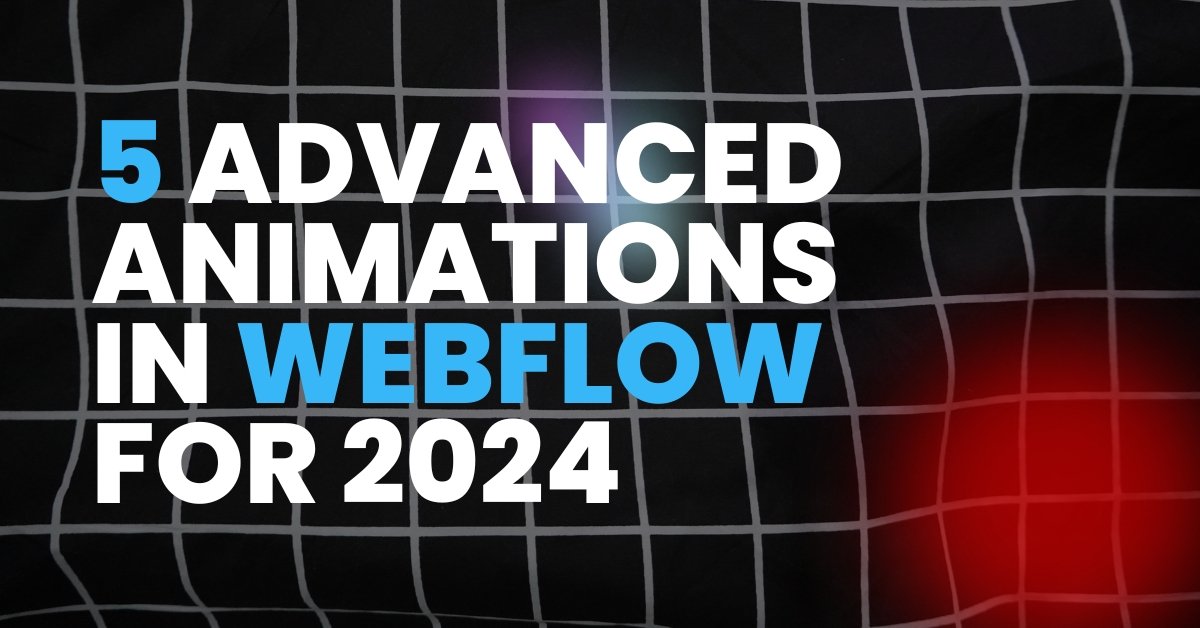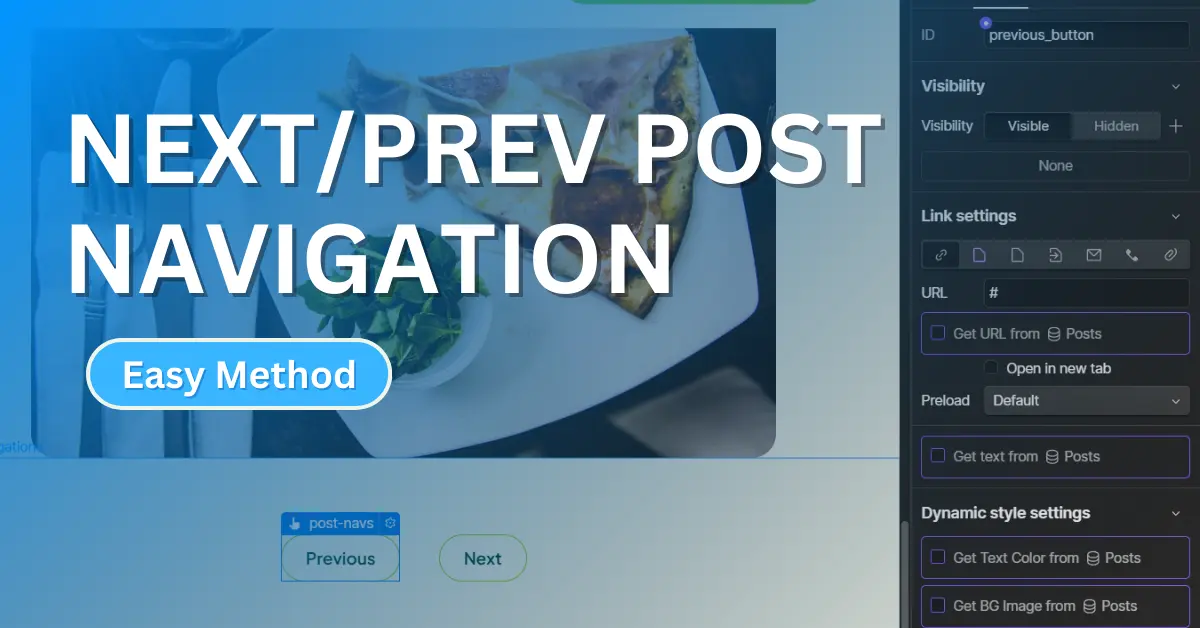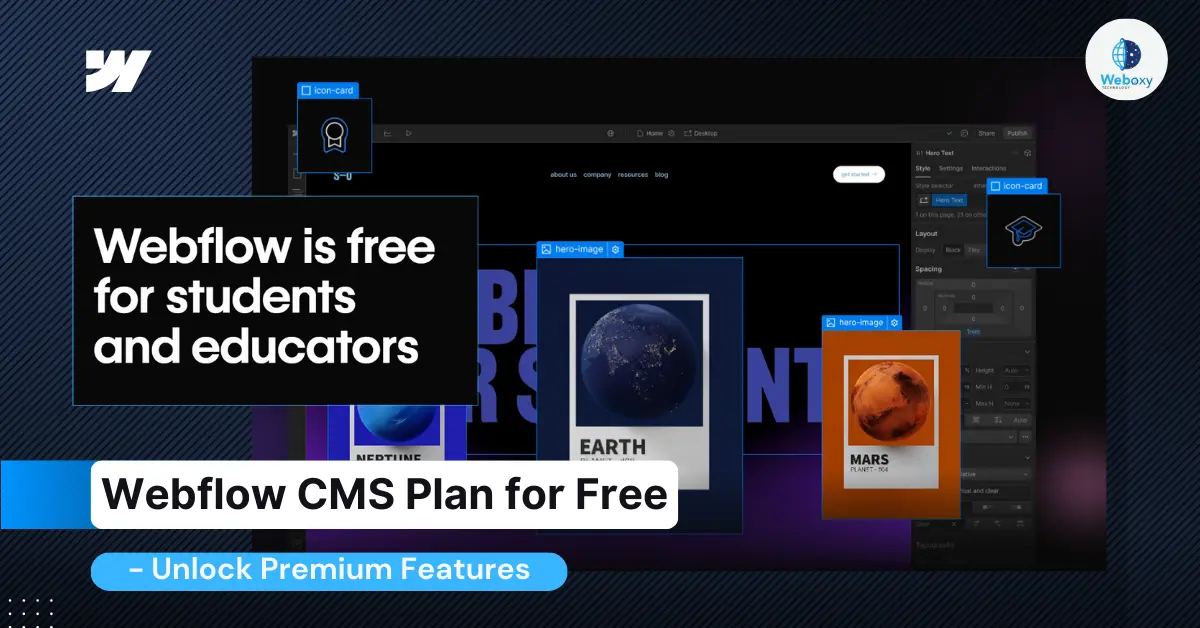Webflow has revolutionized the way designers and developers create visually compelling websites without the need for coding. As we progress into 2024, Webflow continues to innovate, offering more features to enhance user experiences through advanced animations and design techniques. It also plays a crucial role in empowering no-code developers.
This blog explores 5 Advanced Animations in Webflow for 2024, including infinite logo carousels, special grid layouts, hover outline text, reveal on hover, and trailing effects.
1. Infinite Logo Carousels
Infinite logo carousels are an effective way to dynamically and engagingly showcase a brand’s partners, clients, or featured products. This feature captures attention and highlights multiple elements without overwhelming the user.
It’s becoming increasingly popular among large companies, as they use these logo loop carousels to display their brand partners and build trust with visitors.
Try Now: Infinite Loop Effect
How Infinite Logo Carousels Effect Enhances User Experience:
Continuous Engagement: Keeps users visually engaged with continuous motion.
Brand Credibility: Displays a brand’s associations and achievements in an appealing manner, building trust with customers.
Efficient Use of Space: Allows for the display of numerous logos within a limited space, making the design clean and organized.
How to Implement:
Step 1. Create a Div Block: Start by creating a Div Block that will hold your logos and set it to have a 100% width.
Step 2. Add Images: Insert images inside the Div Block and arrange them in a horizontal line using the flex layout.
Step 3. Set Up Animation: Use Webflow’s interactions to create a continuous scrolling animation. Set the initial state of the animation to the starting position and the final state to the ending position, then loop it infinitely.
The detailed video guide for making Logo Loop Carousels is here :
*Pro Tip: Ensure the images are of uniform size to maintain consistency and avoid a jarring visual experience.
2. Special Grid Layouts
Grid layouts are crucial for organizing content. Webflow allows the creation of unique and responsive grid designs that stand out and adapt seamlessly to different screen sizes.
Masonry grids have become very popular, as users appreciate seeing diverse content displayed in different blocks on a single screen.
Try Now: Grid Layouts
How Grid Layouts Enhance User Experience:
Visual Hierarchy: Creates a clear and organized visual hierarchy, guiding the user’s eye to important content.
Flexibility and Customization: Offers flexibility in layout design, making it easier to create visually appealing and functional designs.
Responsive Design: Ensures that the layout adjusts smoothly across various devices, enhancing usability.
How to Implement:
Grid Display: Use the Grid display option in Webflow’s Designer.
Custom Columns and Rows: Adjust the number of columns and rows to fit your design needs.
Grid Areas: Utilize the Grid Areas feature to place items precisely where you want them on the grid.
*Pro Tip: Combine CSS Grid with Flexbox within individual grid items for even more control over your layout.
3. Hover Outline Text
Hover effects add interactivity and engagement to your website. Outline text on hover can make headings and buttons more dynamic and visually appealing.
We can implement a dynamic hover outline on images, combined with scroll animations, to create a more visually appealing effect.
Try Now: Outline Text Effect
How Hover Outline Effect Enhances User Experience:
Interactive Feedback: Provides immediate visual feedback to users, making interactions more engaging.
Highlighting Content: Draws attention to specific text elements, emphasizing their importance.
Modern Aesthetic: Adds a modern and stylish touch to your design, enhancing the overall aesthetic.
How to Implement:
Text Element: Start with a text element or button.
Create a Class: Assign a class to the text element.
Hover State: Define the hover state for the class, changing the text color to transparent and adding a text shadow to create the outline effect.
Pro Tip: Experiment with different shadow colors and offsets to achieve a unique look that fits your design aesthetic.
4. Reveal on Hover
Hover effects that reveal content can enhance interactivity and engagement, enabling users to seamlessly discover additional information or visuals. This dynamic presentation captivates audiences and, when combined with smooth scrolling, creates an even more appealing browsing experience.
This engaging display not only captures the audience’s attention but also seamlessly incorporates content into the user’s experience. When combined with fluid scrolling, these features enhance the overall browsing experience, adding enjoyment and visual appeal.
Try Now: Reveal Element Effect
How Reveal on Hover Enhances User Experience:
Interactive Discovery: Encourages users to interact with elements, enhancing their engagement with the content.
Information Density: Allows more information to be packed into a limited space without overwhelming the user.
Visual Appeal: Adds an element of surprise and delight, making the browsing experience more enjoyable.
How to Implement:
Wrapper Div: Create a wrapper div for the element you want to reveal.
Initial State: Set the initial state of the element to hidden or partially hidden.
Hover Interaction: Use Webflow interactions to define the hover state, making the element fully visible.
Pro Tip: Combine with smooth transitions to make the reveal effect more visually appealing.
5. Trailing Effects
Trailing effects add a sense of movement and dynamism to your website, making interactions more visually interesting and engaging.
Using this effect on images significantly boosts engagement. It enhances interactivity and creates a highly engaging experience for visitors.
Try Now: Trailing Effect
How Trailing Effect Enhances User Experience:
Dynamic Interaction: Creates a more dynamic and immersive user experience.
Visual Interest: Adds visual interest and sophistication to standard cursor movements.
Engagement: Keeps users engaged with subtle yet captivating effects that follow their movements.
How to Implement:
Custom Cursor: Start by creating a custom cursor element.
Mouse Move Interaction: Use the Mouse Move in Viewport interaction in Webflow.
Positioning: Set the custom cursor to follow the mouse movement with a slight delay, creating the trailing effect.
Pro Tip: Use easing functions to smooth out the motion and make the trailing effect feel more natural.
Conclusion
Webflow continues to push the boundaries of web design, enabling designers to create advanced webflow animations and interactions without needing to write complex code. By incorporating tricks like infinite logo carousels, special grid layouts, hover outline text, reveal on hover effects, and trailing effects, you can elevate the user experience on your website and make your designs stand out in 2024.
Experiment with these techniques, combine them in creative ways, and take full advantage of Webflow’s powerful design tools to craft stunning, interactive websites.
Ready to transform your online presence with Webflow? Contact Weboxy Technology, a leading Webflow development agency, for stunning, high-performing websites that captivate your audience!



